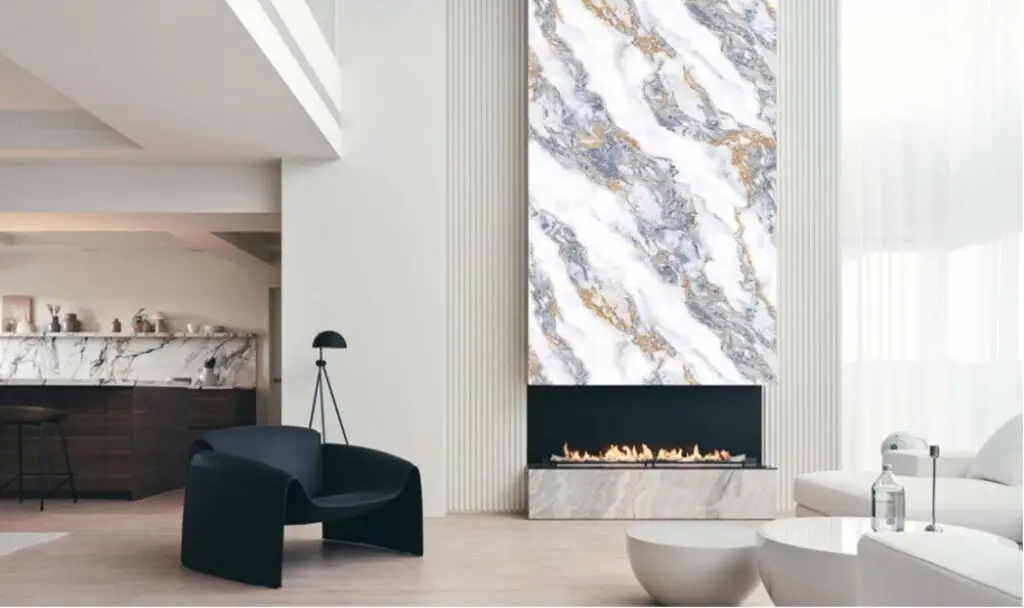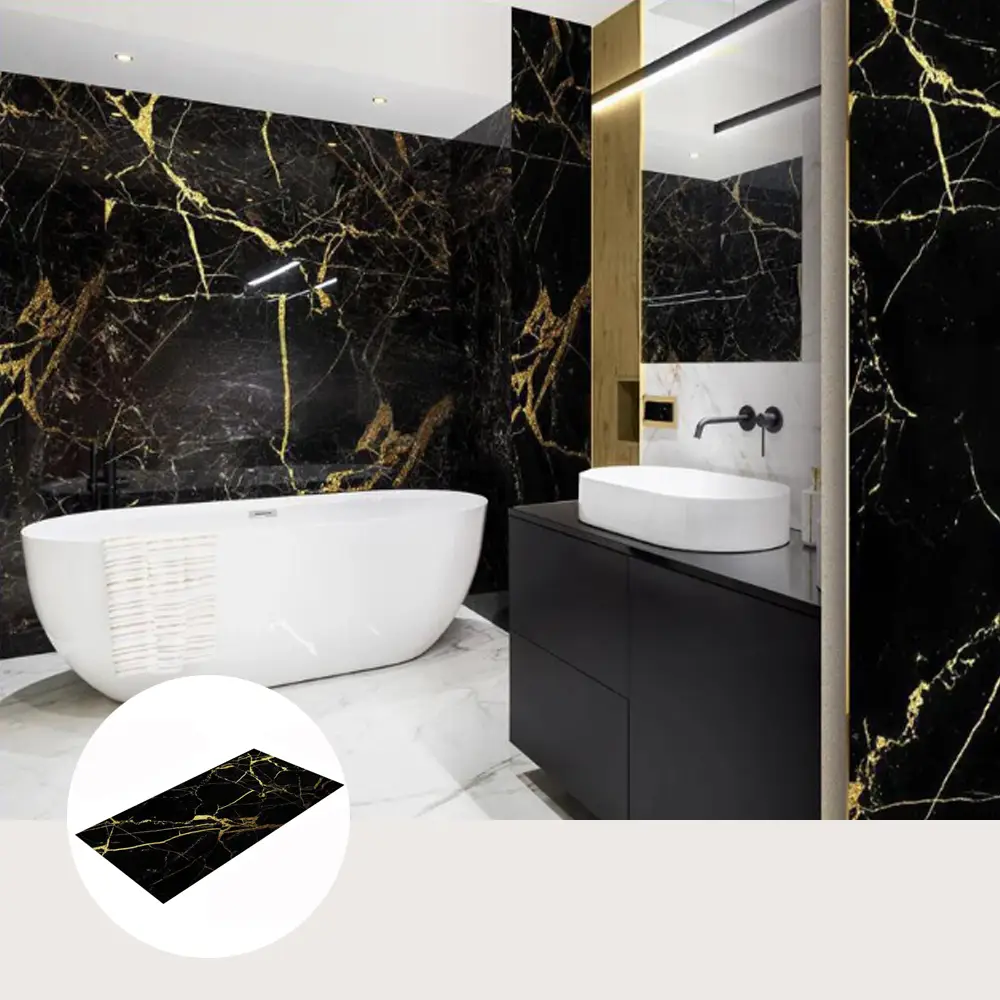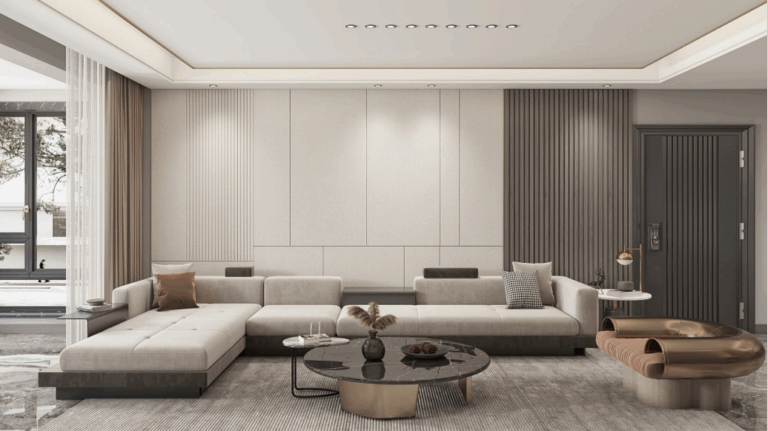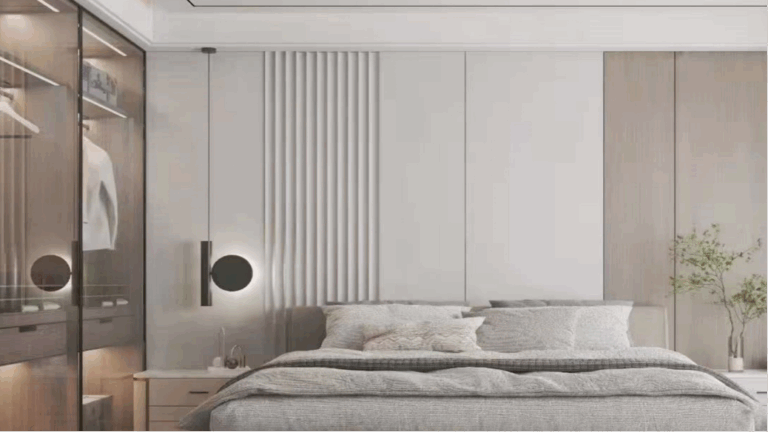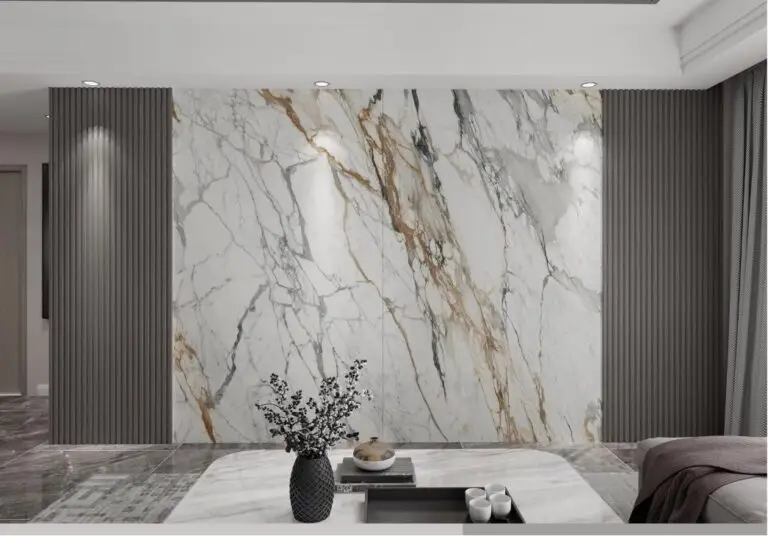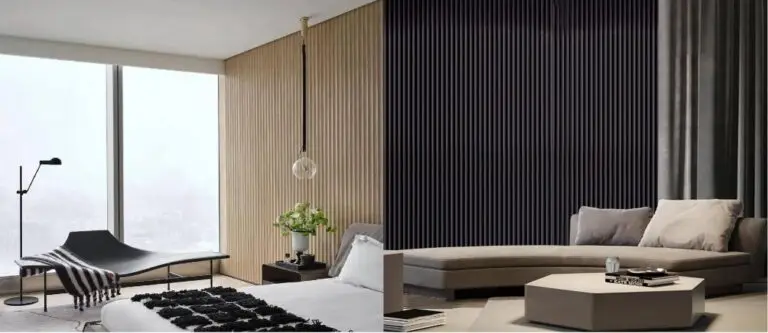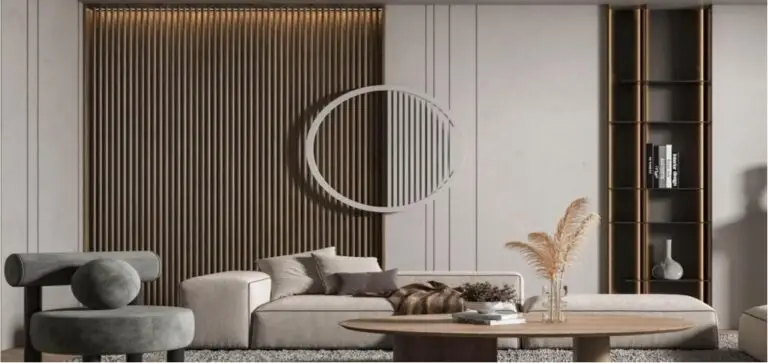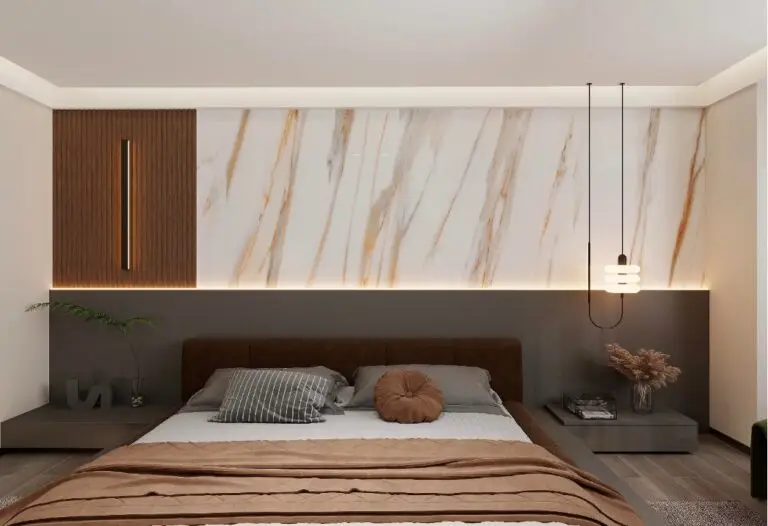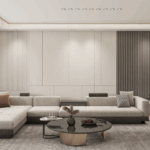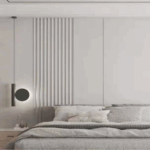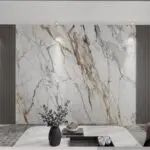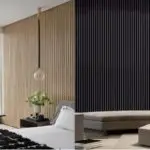Homeowners and designers increasingly choose UV marble cladding to transform kitchens and bathrooms. This innovative material combines luxury aesthetics with unmatched durability. Studies show the global marble cladding market will grow 6.8% annually through 2030, driven by demand for waterproof and scratch-resistant surfaces.
Why UV Marble Cladding Outperforms Traditional Materials
Unbeatable Waterproof Qualities
UV marble cladding resists moisture penetration completely, making it ideal for wet areas. A 2023 study by Allied Market Research reveals surfaces treated with UV coatings absorb less than 0.5% water—10 times lower than untreated marble. Kitchens and bathrooms using this cladding show 92% fewer mold issues compared to tiled walls.
Installers apply advanced resin formulas and ultraviolet curing technology to create impermeable barriers. These layers block spills, steam, and humidity without fading or warping. For example, a Bristol-based hotel reported zero water damage in bathroom cladding after 18 months of heavy use.
Superior Scratch & Impact Resistance
Laboratory tests prove UV marble cladding withstands scratches up to 7 Mohs hardness—equivalent to quartz countertops. Daily kitchen activities like chopping or moving appliances leave minimal marks. In contrast, traditional marble scratches at just 3 Mohs, requiring frequent polishing.
Contractors highlight its 30% higher impact resistance compared to ceramic tiles. A survey of 150 homeowners found 87% noticed fewer chips or cracks after switching to UV-treated cladding. One London kitchen renovation project demonstrated zero surface damage despite three years of active cooking.
Easy Installation & Low Maintenance
Faster Renovation Timelines
Professionals install UV marble cladding 50% faster than tiles due to lightweight panels and adhesive systems. A single bathroom wall takes under 4 hours versus 12+ hours for tile work. The modular design allows precise cuts without specialized tools, reducing labor costs by 30%.
Interior designers appreciate how cladding works on uneven walls. A Manchester-based firm completed a kitchen backsplash in 90 minutes using interlocking panels, avoiding grout lines or sealants.
Hassle-Free Cleaning
UV coatings create non-porous surfaces that repel stains and bacteria. Users clean most spills with a damp cloth, eliminating harsh chemicals. Independent tests show 99.2% of common kitchen stains (coffee, oil, wine) wipe off without residue.
Maintenance costs drop significantly—homeowners save £120 annually compared to natural stone upkeep. A Leeds apartment complex reported 40% lower cleaning expenses after installing bathroom cladding in all units.
Eco-Friendly & Cost-Effective Solution
Sustainable Manufacturing
UV marble cladding uses 60% recycled stone dust and consumes 45% less energy during production than quarrying natural marble. Leading brands like E-stone and Marvel Clad achieve zero-waste manufacturing by repurposing offcuts into smaller panels.
Long-Term Savings
Despite higher upfront costs (£75-£120 per m²), UV cladding lasts 15-20 years with minimal repairs. Traditional tile setups require regrouting every 3-5 years, costing £300-£500 per service. A cost analysis by Home Improvement UK shows 35% savings over a decade compared to ceramic tiles.

